
 |
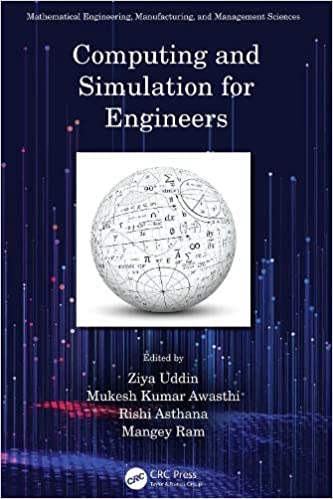 English | 2022 | ISBN: 103211942X, 978-1032119427 | 251 pages | True PDF | 11.2 MB This book presents the reader with comprehensive insight into various kinds of mathematical modeling and numerical computation for problems arising in several branches of engineering, such as mechanical engineering, computer science engineering, electrical engineering, electronics and communication engineering, and civil engineering.
 English | 2022 | ISBN: 1685074138, 978-1685074135 | 402 pages | True PDF | 15.26 MB "The present book belongs to the book series of "Computer Aided Bridge Engineering" for the design of pre-stressed concrete (PSC), I-girder (I-Beam), and PSC box-girder bridges. In this volume, the real project design calculations for a deck-girder superstructure are presented along with the design of an abutment and pier with pile foundation as the bridge substructure. The book is proposed to be read in association with processing the design work by using the computer software ASTRA Pro as referred to in the book. The book describes two essential facets of the work, which are 'Analysis of the Grillage Model of the Deck-Girder Superstructure' and the subsequent 'Design of Deck Slab and PSC I-Girder'. The software provides three facets of the work: first is the 'Analysis of the Grillage Model of the Deck-Girder Superstructure', second is the 'Design of Deck Slab and PSC I-Girder, Abutment, Piers along with Pile Foundation', and the third is a 'Set of Sample Editable CAD Drawings for the work'. The drawings may be modified as per the design work and be submitted as required for the construction. The drawings contain information on dimensions, structural detailing, bar-bending schedules, pre-stressing details and construction guides"--
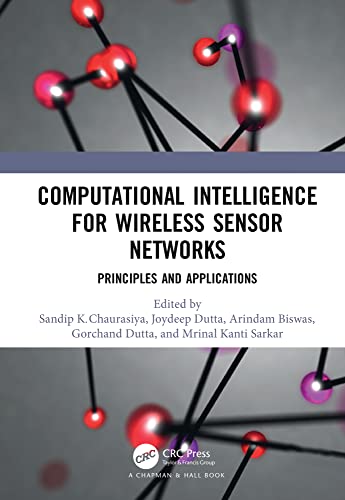 English | 2022 | ISBN: 036760888X | 215 pages | True PDF | 12.75 MB Computational Intelligence for Wireless Sensor Networks: Principles and Applications provides an integrative overview of the computational intelligence (CI) in wireless sensor networks and enabled technologies. It aims to demonstrate how the paradigm of computational intelligence can benefit Wireless Sensor Networks (WSNs) and sensor-enabled technologies to overcome their existing issues.
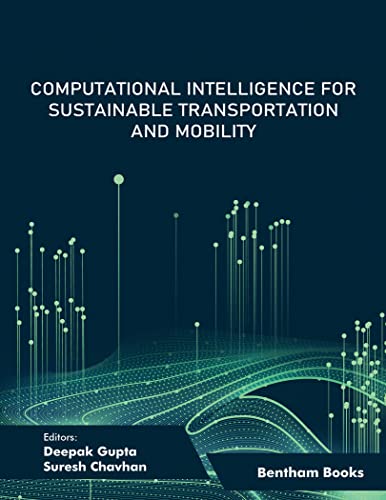 English | 2022 | ISBN: 1681089459 | 145 pages | True PDF EPUB | 27.31 MB New technologies and computing methodologies are now used to address the existing issues of urban traffic systems. The development of computational intelligence methods such as machine learning and deep learning, enables engineers to find innovative solutions to guide traffic in order to reduce transportation and mobility problems in urban areas. 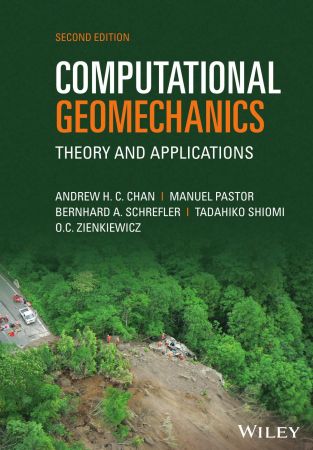 English | 2022 | ISBN: 1118350472 | 497 pages | True PDF EPUB | 102.12 MB COMPUTATIONAL GEOMECHANICS The new edition of the first book to cover the computational dynamic aspects of geomechanics, now including more practical applications and up-to-date coverage of current research in the field
 English | 2022 | ISBN: 1032154896, 978-1032154893 | 119 pages | True PDF | 18.23 MB This book highlights the challenges of using hydrogen as a fuel for sustainable transportation including introduction of various hydrogen storage technologies, storage requirement for fuel cell vehicles, compressed hydrogen storage system, and refueling analysis with thermal management. Furthermore, thermodynamics and kinetics involved during refuelling, heat transfer issues in storage tank and effect of severe operating conditions on structure of storage tank under SAEJ2601 refueling conditions are discussed in detail. 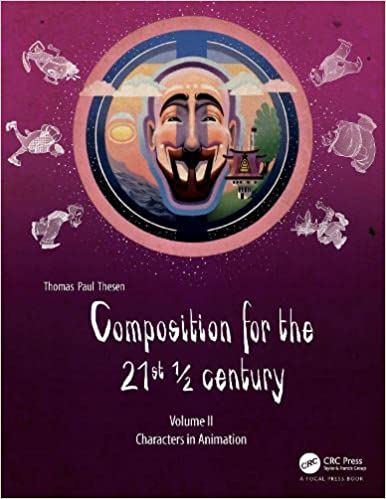 English | 2022 | ISBN: 1138740942 | 363 pages | True PDF | 99.57 MB Composition for the 21st ½ century: Characters in Animation focuses on characters and their application in animation, illustration, games, and films. It covers various technical aspects of character design and their artistic applicability. This book analyzes in detail the purpose of these character design features and provides examples of their impact. Emphasis is placed on each aspect and how it affects and is affected by the narrative. Additionally, complex case studies that assist in explaining the successful use of these concepts in films and animation are included. This book is geared toward students; however, it is also reader-friendly for professionals. Composition for the 21st ½ century: Characters in Animation'sgoal is to comprehend composition as an artistic tool and as a significant part of the professional character design process. 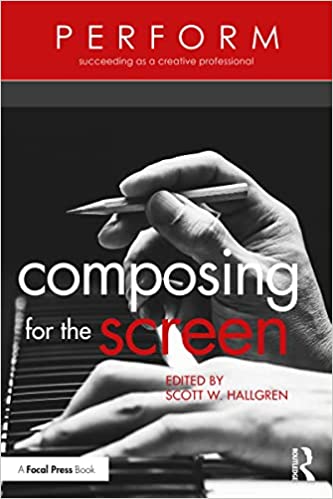 English | 2022 | ISBN: 1032004444 | 228 pages | True PDF | 7.86 MB This book is a collection of essays written by and interviews with working composers for film and television, and video games, exploring the business side of composing, addressing the lack of understanding about career development and business responsibilities as they relate to composers. 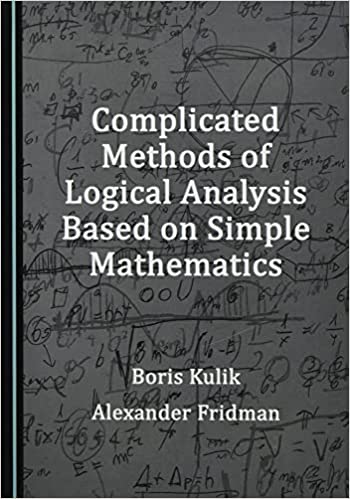 English | 2022 | ISBN: 1527580148, 978-1527580145 | 196 pages | True PDF | 2.2 MB Those who want to understand logic, if they manage to pass at least an initial, though far from simple, modern course of study, eventually conclude that practically logic consists in formulating premises and a taken-from-nowhere assertion in an incomprehensible language and then proving or disproving cause-consequence links between them. Conversely, many topical tasks of logical analysis, such as forming and testing hypotheses, inferring consequences with predefined properties, and searching for, and analysis of, logical errors and inconsistencies in reasoning, among others, are outside the scope of this discourse. They are scattered haphazardly in works on theory of argumentation, non-classical logics, and artificial intelligence. This book demonstrates the capabilities of two relatively simple mathematical systems developed by the authors, namely E-structures and n-tuple algebra, which allow the modelling of various types of reasoning and solve the above and some other tasks of logical analysis.  English | 2020 | ISBN: 1624105645 | 303 pages | True PDF | 8.7 MB Complex Systems Engineering: Theory and Practice represents state-of-the-art thought leadership on system complexity for aerospace and aviation, where breakthrough paradigms and strategies are sorely needed. The costs and consequences of current knowledge and practice gaps are substantial. In short, this problem is caused by several factors: the lack of human capacity to comprehend complexity without machine/autonomation interfaces, the rapid pace of changes in the sector, and the increasing complexity and complicatedness of systems of all types and sizes (occurring by design and by default). |